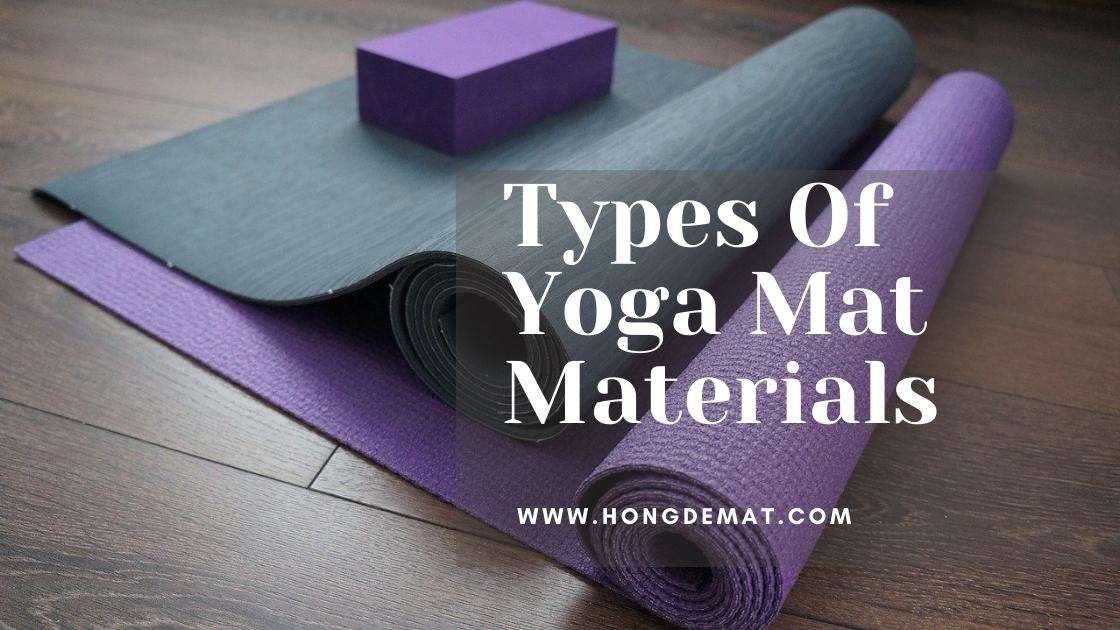By The Most:Dec 20,2023
Different Types of Yoga Mat Materials
Finally, you are going to enhance your health with yoga activities. That means you are about to purchase yoga mats, aren’t you? For that, you will have to choose the type and size of mats as per some factors. These factors are your body weight, height, expertise level, and how long you will use it. What you will benefit from this blog is choosing the best material for a yoga mat accordingly. There are seven types of materials used in the yoga mat industry, and you can read them here.
What is the Best Thickness for a Yoga Mat?
The thickness level varies as per the type of yoga exercise one does. It is not the same for all because people also have different weights. However, the standard thickness level ranges from 3mm to 4mm. It is for people who are regular performers of yoga. It is not for beginners because the thickness level requires the expert to perform on it.
Moreover, 6 mm is for medium-level performers. If you are a beginner, you can look for a 1/2 inch or 10mm to 12 mm thickness level yoga mat. This thickness level has the highest cushioning for the safety of joints. People who start yoga have to face difficulties regarding joint pains due to having continuous contact with the ground. This is why they can start with yoga mats with 12 mm thickness.
What is a Standard Yoga Mat Size?
Since you know enough about the thickness level of mats, there is another thing you should know. That is about the size of a yoga mat. Normally, people prefer a standard size of 6 feet or 72 inches length. Some people go for 5.6 feet in length, and both are fine. In terms of width, the standard size is 2 feet or 24 inches. You can go for that size if you purchase a yoga mat.
Let’s move to the main course, where you can find some yoga mat materials to select accordingly since different types of moves are included in yoga, where each area gets a different pressure level. Selecting a yoga mat according to those moves will be the right idea.
TPE
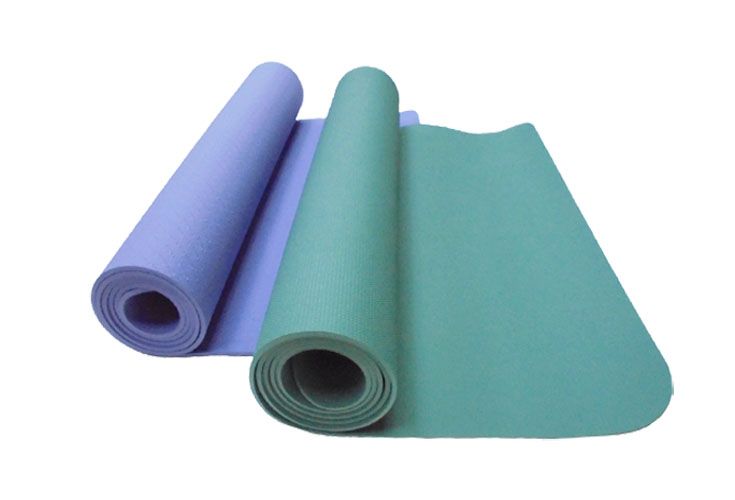
The first one is thermoplastic elastomers, common in the yoga industry. However, some still ask, “Is TPE yoga mat safe?” Every type has pros and cons, which you can decide on as per the information below.
- If you are doing basic yoga, you can go for TPE.
- It will give you enough grip on the ground as well as on the muscles.
- You can expect a really good level of cushioning from TPE yoga mats.
- Since they are flexible, you can carry them anywhere.
- This material is easily cleanable because of its low absorption rate. That means you can clean it without having any problems.
- Since it is free of PVC and latex, this hypoallergenic material can be considered safe for yoga activities.
- You will find low or no moisture absorption in this material.
- Once it gets wet because of sweating, you will experience low friction between the body and the mat.
- You can expect it to be durable even after using it for months.
- You can note that it is a little pricier than other materials.
- Many people prefer it for indoors and outdoors.
NBR
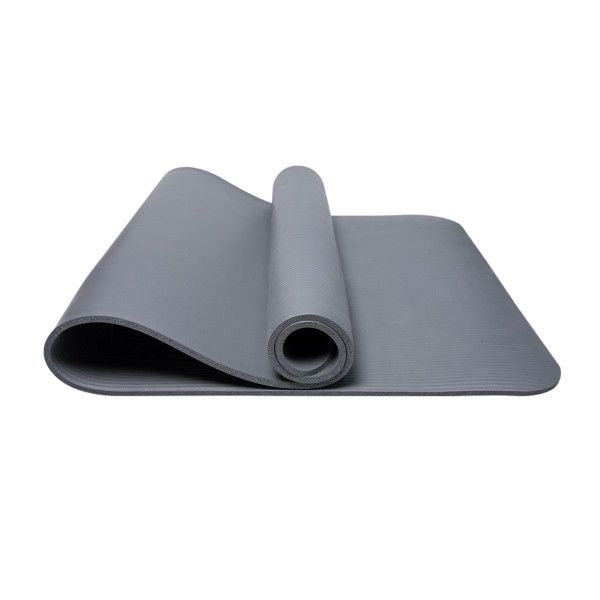
You can choose NBR material otherwise. Nitrile butadiene rubber is the next option for selecting yoga mats. This material is worth it for some specific yoga moves, and many people prefer to choose it. Have a look at why it is preferred.
- It will also offer a fine grip between your body and the mat.
- Many yoga postures with intense pressure can be done on this material’s mat.
- Since it offers the best cushioning experience, your knees will not hurt.
- That is why it is the best choice to protect joints for long hours of yoga.
- However, it offers mediocre stability, which reduces after some time.
- NBR offers fine traction to your body.
- There is a problem with sliding, meaning it may move a lot while doing yoga.
- You can find rough patches on NBR mats after months of continuous usage.
- It is unsuitable for people with high sweat because it will not offer much grip when wet.
- There is a problem with NBR, which is the release of harmful chemicals.
PU
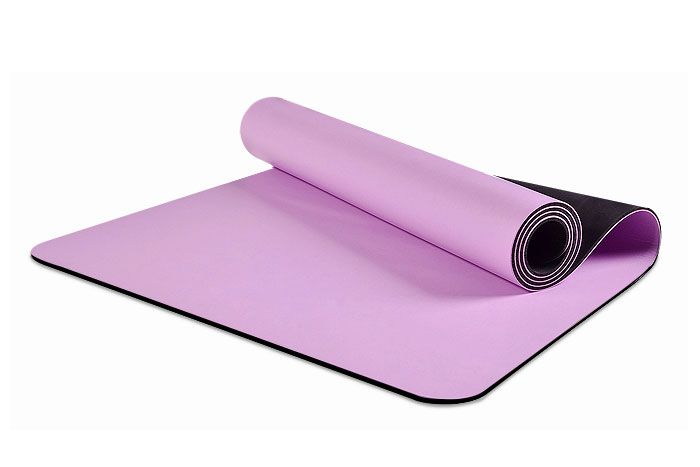
Some people use polyurethane mats for yoga, which has benefits and disadvantages. Again, it depends on the type of yoga movements and your body weight.
- PU offers a much higher grip than other types.
- Since it provides a high grip, you can expect high traction.
- Its thin cushioning may not suit beginners, but experts like it.
- If you are a beginner, it may lead to joint pain after some minutes.
- Also, they have a rubber foam layer, which creates extra cushioning.
- It is not an eco-friendly material, which may sound bad for people who prefer sustainability.
- It is more durable and shows resistance to wear and tear than other materials.
PVC
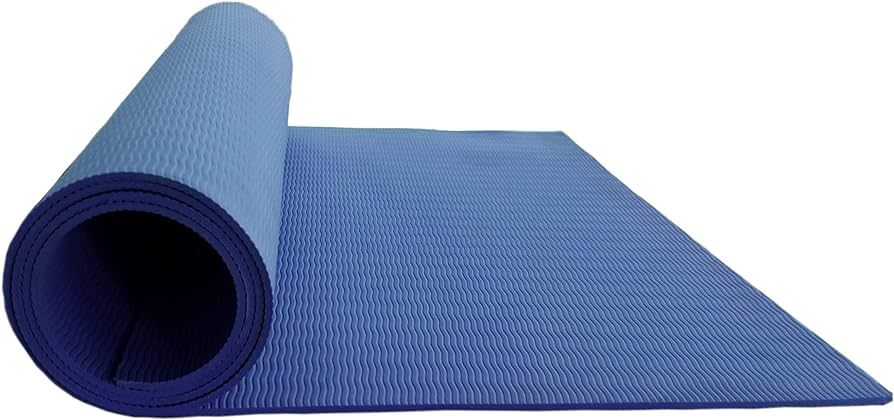
You can choose a PVC yoga mat if you are looking for more types. It also has some pros and cons, which highlights its worth.
- The amount of cushioning is low in PVC. So, if you are a beginner, it may be a little challenging.
- PVC mats are not for yoga with high knee usage on the ground. That will cause stress on joints because of low cushioning.
- Also, it is not suitable for long hours of yoga because your joints will start having pain.
- Its low durability means you can choose it for short-term usage.
- However, it is good for people who prefer yoga only for a few minutes, like 10 minutes and is basically for seasonal users.
EVA
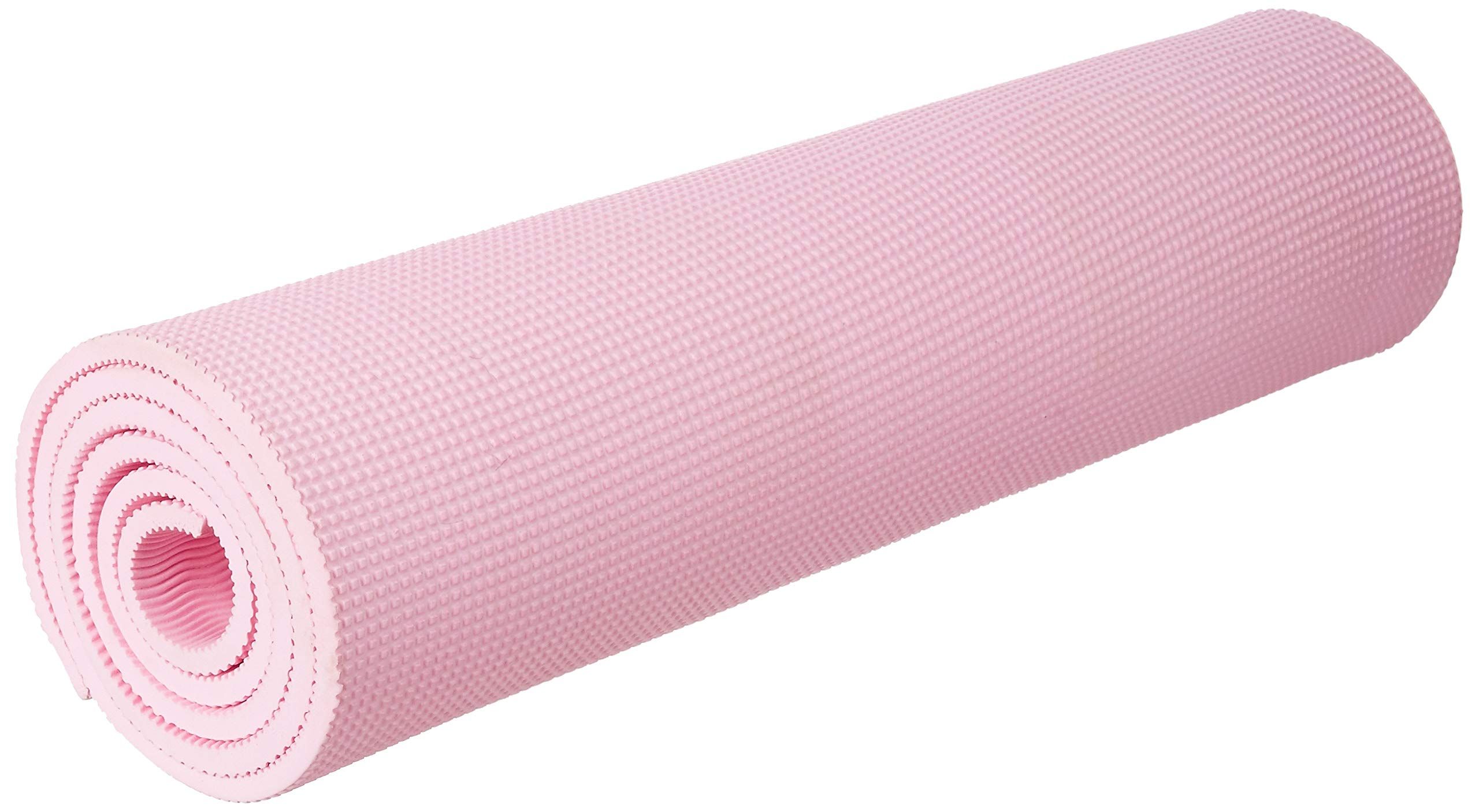
Then comes EVA (ethylene vinyl acetate), which some people prefer. People who have been in yoga might like it, and here are the reasons behind that.
- It may feel a little hard for beginners. However, experts will not face any challenge.
- That is a material that is suitable for wear and tear in yoga.
- EVA material is not suitable for beginners because of low cushioning. They will face some challenges like stress in joints.
- However, it offers a high grip, which is why it is suitable for experts.
- That is the material you can choose for yoga mats for long-term and regular use.
- It is higher in durability than many other materials for yoga activities.
Rubber
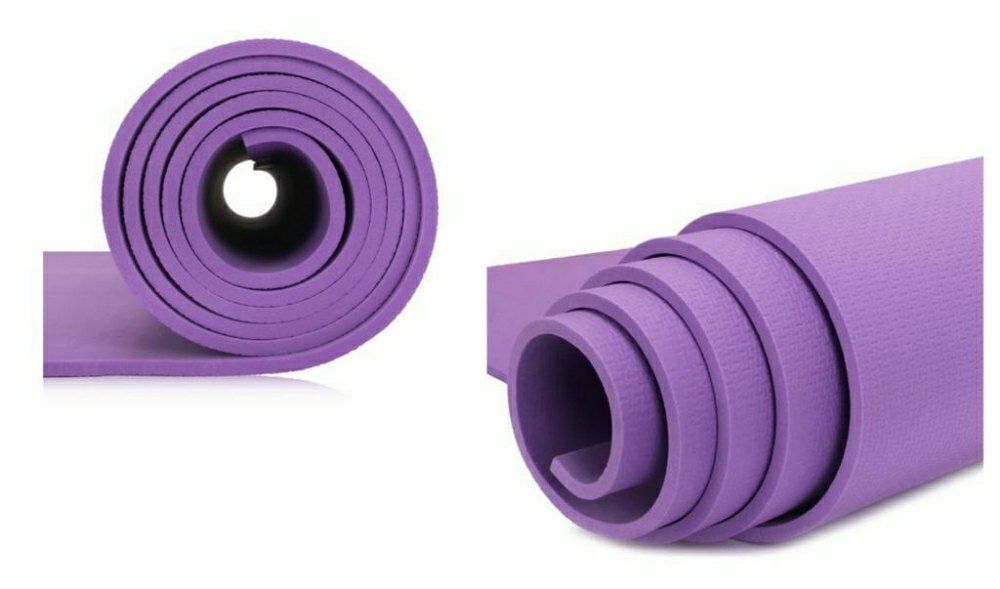
The second last option is rubber yoga mats, suitable for beginners and people who can’t do intense yoga.
- It is thicker than many other materials and offers high cushioning. That is a bonus for people who are at a beginner level.
- However, you may experience a strange smell in it. Some experts say that this smell goes away with time.
- Although it is thick, it also gives high traction.
- Since it is rubber, it is not suitable for outdoor yoga.
- There is a problem with it, and it is a low grip when you start sweating. It does not absorb sweat, which reduces grip.
- This material is heavier than some other types.
- Rubber mats are not for latex-allergic people in yoga.
Cork + Natural Rubber
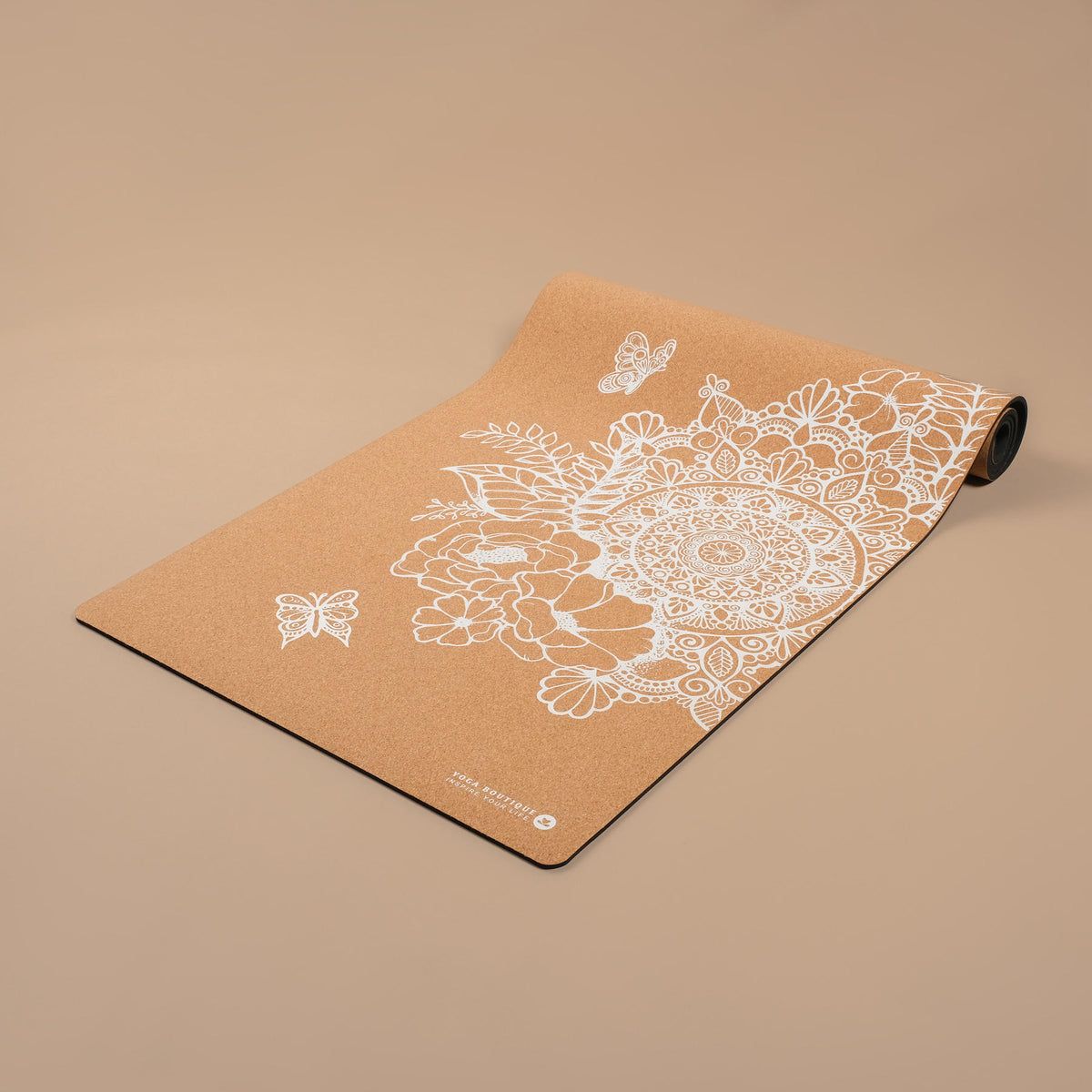
This is the last one, and also an expensive yoga mat type. It is for people who prefer eco-friendly materials, and cork + natural rubber is the best for that. Some people use jute mats also. Meanwhile, you can know here why people prefer them.
- It offers one of the finest grips between the body and the mat.
- Cork is a natural antimicrobial material, which is also a benefit.
- It is one of the fewest eco-friendly materials used on a natural rubber mat.
- Another benefit is its non-slip surface, which creates additional safety.
- Since natural rubber is used for layering, it adds moderate cushioning.
- There is no risk of losing grip when it gets wet because of perspiration.
- It may feel a little heavier than other types.
- Also, its price is higher than many other materials for yoga mats.
Hopefully, you will find it useful.
FAQs
Q: Are natural rubber mats suitable for people with latex allergies?
Natural rubber mats are generally safe for people with latex allergies. The manufacturing process of natural rubber mats removes the proteins that cause latex allergies, making them hypoallergenic.
Q: Are cork mats slippery?
No, cork mats offer excellent grip, even when wet. The natural texture of cork provides a non-slip surface, ensuring stability during your yoga practice.
Q: Can I wash my jute mat?
Jute mats are not machine washable. To clean a jute mat, wipe it with a damp cloth and mild soap. Allow it to air dry completely before rolling it up for storage.
Q: Do microfiber mats absorb sweat?
Microfiber mats are highly absorbent and wick away sweat, keeping the surface dry and preventing slippage. They are particularly suitable for hot yoga and high-intensity workouts.
Q: How often should I replace my yoga mat?
The lifespan of a yoga mat depends on various factors, such as frequency of use and maintenance. On average, a high-quality yoga mat lasts 1-3 years. Signs that indicate it's time to replace your mat include visible wear and tear, loss of grip, and an unpleasant odor.
Additional Resource
i. Unlock The Benefits: Embrace Interlocking Floor Tiles For 2023 And Beyond!
